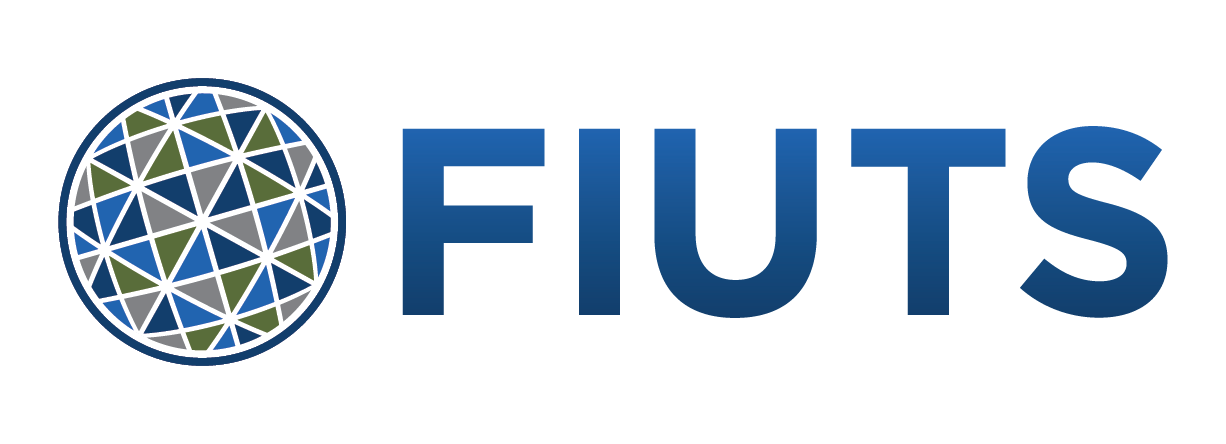Tale of a Radio
Dipendra, a SUSI student from Nepal, shares his thoughts about emerging new forms of digital media after a visit to KUOW, a non-profit radio station based in Seattle.
Over the last month, students from Bangladesh, India, Nepal, and Sri Lanka were in Seattle for a new program coordinated by FIUTS, the Study of the U.S. Institute for Student Leaders in Journalism and New Media (SUSI). Each student has written a blog post about the experience. Here's a post by Dipendra K.C. from Nepal about his time in Seattle:
Emergence of e-Radios like iTunes and Pandora has threatened the existence of conventional radio. When even the commercial radio stations are facing a threat and challenge for the survival. It was a wonderful opportunity for me to visit KUOW and understand how the private, not for profit radio is operating and coping with the challenges of changing media landscape.
It was interesting to learn that the broadcast region of the radio extends across Seattle, the Puget Sound region and Western Washington. I was also amazed to explore that the radio served nearly 419,100 listeners* each week.
Furthermore, the revenue model adopted by the radio was very new for me. We hardly have any radios that are operated by donations. The 2013 annual report of the Radio stated that in the fiscal year 2013, 63% of the revenue was individual support, 23% business support, 9% institutional support and 2% were other sources.
Even the broadcast advertisements are less than 20 seconds and contain direct message. This model eliminates the potential influence from the advertisers on the content broadcast through the radio. The studio can win the trust of the audiences for broadcasting the unbiased news.
In addition, the strategies adopted by the radio to retain its competitive edge in the changing media landscape was very exciting. Though the primary focus of the radio is radio programs, still they have invested heavily in the online platforms.
It was exciting to learn that the Human Resource in the technical departments, web department and social media has doubled compared to the last year. The changing Human Resources patterns also indicate that there have been increased efforts to provide the radio programs and contents in the web.
KUOW also has two intensive programs that help young students to meet their learning aptitude through a program called Radioactive Youth Media and support the media initiative through KUOW venture fund. This is a positive step on the part of KUOW to strengthen radio journalism in the region. The way it serves as a practical school is a very rare sight in my home country.
During the conversation, I learned that the reporters and journalists have changed the way they used to prepare programs. Only audio would work for the radio programs a couple of years back, however, now the same person would also need to prepare the text version for web as well as the audio for radio.
The way the length of talk shows have declined to 10 minutes from 40 minutes portrays that there has been a fundamental shift in the radio programming at KUOW. However, people working in the stations are cynical about the way things have changed and fear that the programs might lose their qualitative strength with the change. They are also waiting for the feedback from the audience for the recent changes.
The Study of the U.S. Institutes (SUSI), sponsored by the U.S. Department of State Bureau of Educational and Cultural Affairs, promote a better understanding of the people, institutions, and culture of the United States among foreign students, teachers, and scholars. Study of the U.S. Institutes are short-term academic programs for groups of undergraduate leaders, educators, and scholars from around the world.
The program in Seattle is coordinated by the Foundation for International Understanding Through Students (FIUTS), a local non-profit organization affiliated with the University of Washington that promotes international friendship and cross-cultural understanding in the region. The Seattle Globalist, a daily publication covering the connections between Seattle and the rest of the globe, is collaborating with FIUTS to deliver courses on topics in journalism and new media.

